Things to do in Bodhgaya: The Buddhist Circuit
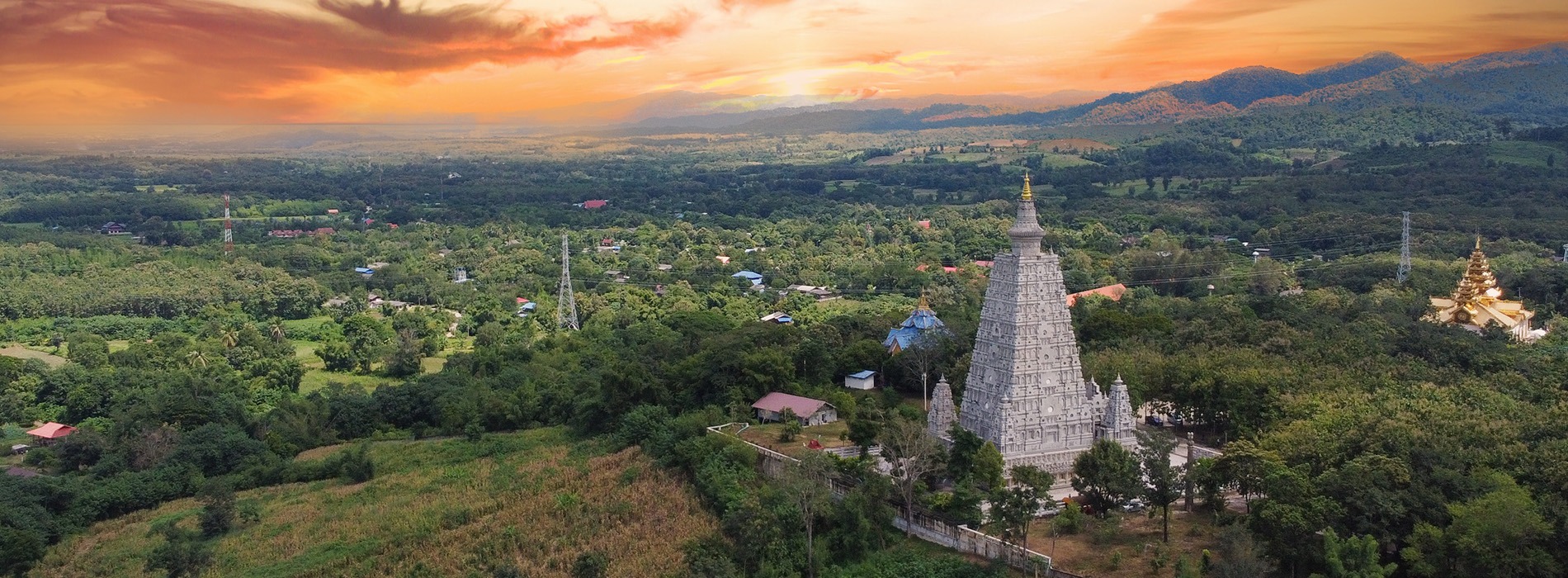
Visiting the place where Gautama Buddha attained enlightenment is a bucket-list event for many Buddhists and Hindus, but it also promises a valuable travel experience for sightseers who love history and architecture. The sacred ground of Bodhgaya, often spelled Bodh Gaya or just Gaya, is nestled in the mountains of Bihar, in northeast India, along the banks of Falgu River. The inviting terrain guarantees peaceful getaways on its own, but mixing in the top things to do in Bodhgaya promises a well-rounded travel adventure.
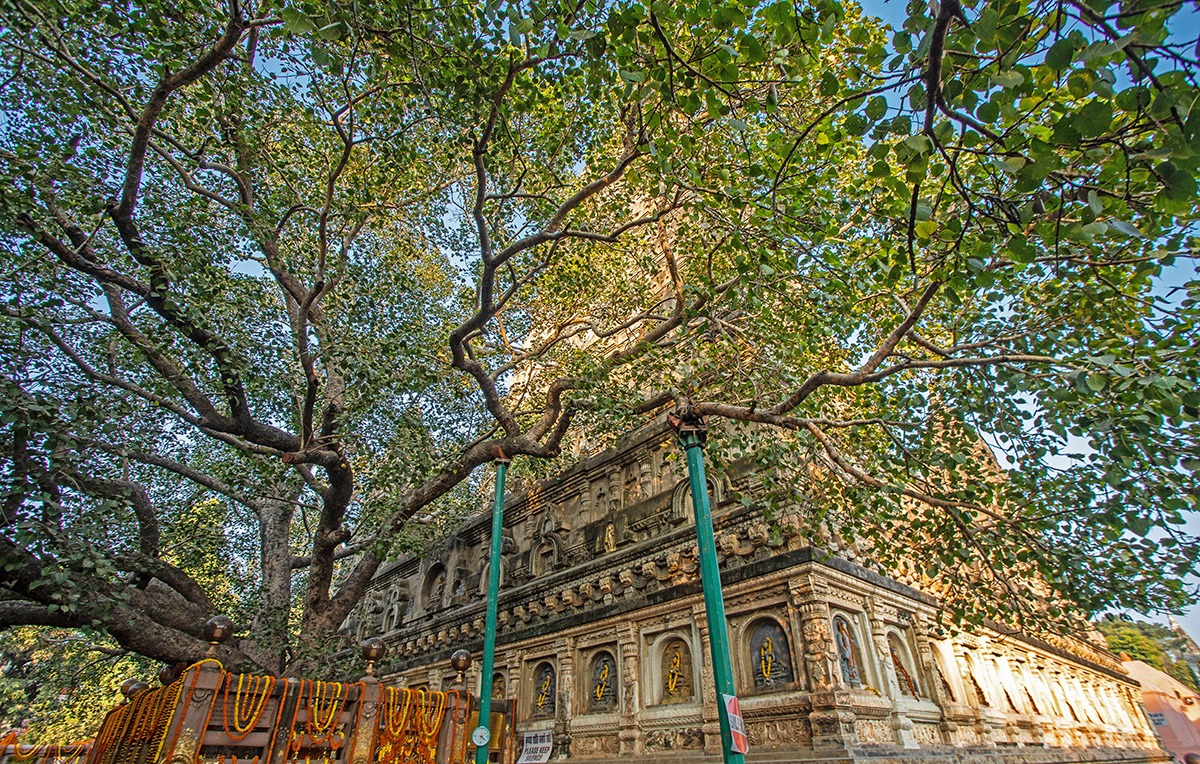
Introduction to Bodhgaya as Part of the Buddhist Circuit
Experiencing the entire Buddhist Circuit at once requires a commitment of several days – or even weeks, so a lot of travelers like to walk in Buddha’s footprints one step at a time. One of the best places to begin is Bodhgaya, the place where Gautama Buddha attained enlightenment. Bodhgaya is considered the most important site on the Buddhist Circuit and the holiest site in Buddhism due to its historical background, archaeological findings and preservation efforts. Inside Mahabodhi Temple, for instance, lives an ancestor of the Bodhi tree under which Buddha received enlightenment. Preserved since about 500 BCE, the sacred fig tree holds significance for Buddhists who often find a spiritual connection when visiting Bodhgaya.
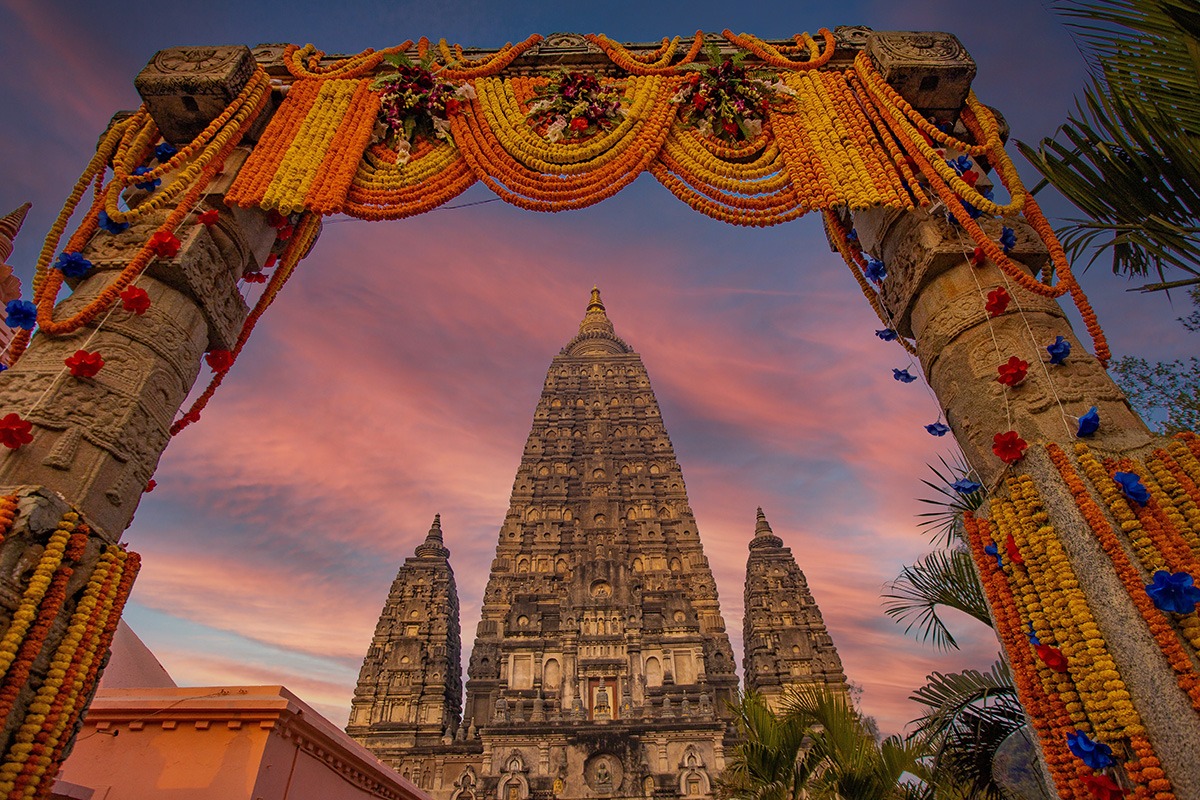
Bodhgaya Importance & Places to Visit
Mahabodhi Temple is indeed one of the top things to do in Bodhgaya. In fact, the historical landmark is THE reason most Buddhists and Hindus make the pilgrimage to Bihar. The temple symbolizes the central hub of and beginning of Buddha’s teachings, and it is revered as the most important major site on the Buddhist Circuit. It is not the only thing to do in Bodhgaya, however. This riverfront region promises incredible views, surreal hikes and spiritual experiences for all visitors. Include these attractions when planning an itinerary in Bodhgaya.
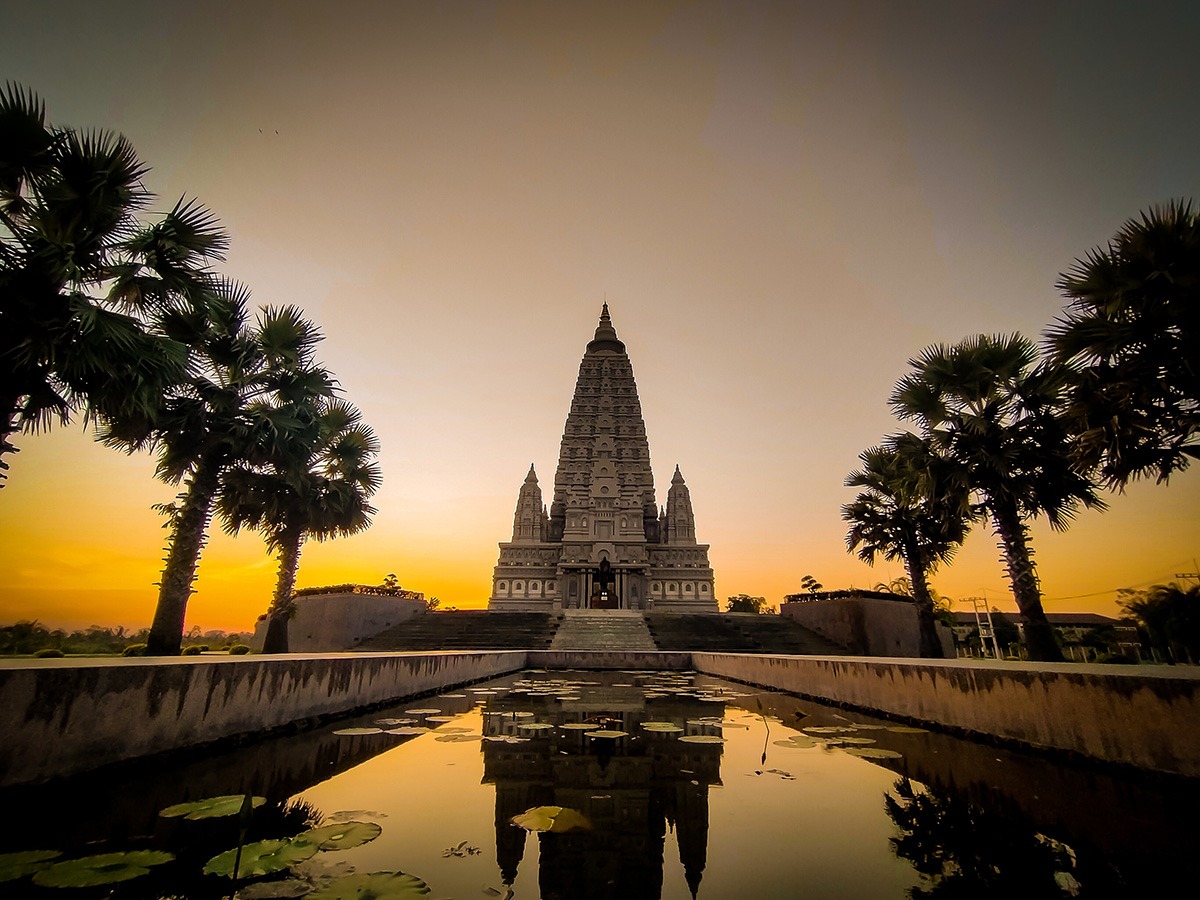
Mahabodhi Temple
Whether making a pilgrimage or visiting Bodhgaya as a tourist, the Mahabodhi Temple is an architectural marvel that can’t be missed. The centerpiece of Gaya, the temple marks the location where Gautama Buddha attained enlightenment. It is one of the most important and sacred sites for Buddhists and a major site on the Buddhist Circuit. Inside the temple walls grows a descendent of the Bodhi tree that is believed to be the same tree under which Buddha attained enlightenment. The tree, combined with the event that occurred under it, symbolizes the birth of Buddhism as a spiritual tradition.
The temple itself is considered one of the holiest places of worship for Buddhists worldwide. Pilgrimages to the site hold significant spiritual meaning for devout Buddhists, who use the opportunity to meditate and seek spiritual inspiration. All visitors of all faiths and backgrounds, however, are welcome inside the temple. The temple has served as a center for cultural exchange between India and other Buddhist nations for centuries, and the temple’s open-door policy stands as a reminder of unity and reflects the harmonic spirit of Buddhism.
Aside from the temple’s spiritual significance, the Mahabodhi Temple also contains some of India’s richest history. The UNESCO World Heritage Site dates to the third century and is one of the oldest brick structures in India. Its intricate designs, carved stone panels and 55-meter-high central tower provide stellar examples of Indian architecture and craftmanship, thus attracting architects, historians and archaeologists worldwide. It also holds ancient Buddhist sculptures, teachings and iconography unique to Buddha’s life in Bodhgaya.
The Mahabodhi Temple is open to the public from 9 a.m. to 5 p.m. daily. Hours may change during holidays or special events. Entering the temple is free, but tourists may have to pay fees to use cameras. Tour guides are available inside the temple for a separate charge.

The Great Buddha Statue
Built in 1989 to commemorate the 2,500th anniversary of Buddha’s enlightenment, the Great Buddha Statue stands as a modern-day reminder of the region’s significant past. Even as a rather new attraction, the statue holds deep meaning for Buddhists, as it represents the events that sparked the beginning of traditional Buddhism. Carved from a solid block of red granite, the Great Buddha Statue towers over visitors from its meditative posture at a height of 82 feet (25 meters). Buddha’s seated, cross-legged posture represents his deep state of thought when he achieved enlightenment. Visitors can admire the statue any time of day. It is not considered a sacred object and sits just outside Mahabodhi Temple in central Bodhgaya.
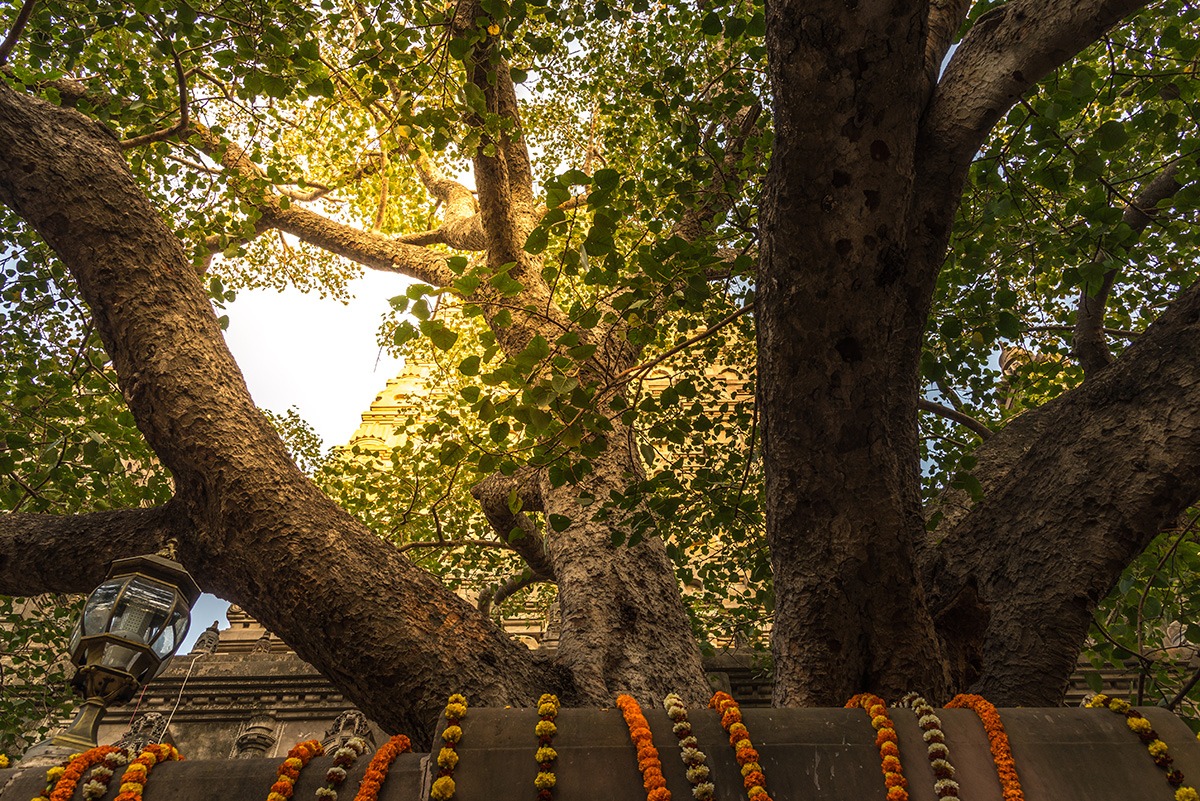
Bodhi Tree
Protected by the walls of Mahabodhi Temple, the sacred Bodhi tree is the central reason for many pilgrimages to Bodhgaya. It is under the Bodhi tree that Gautama Buddha achieved enlightenment, and it symbolizes the birth of traditional Buddhist teachings. The tree housed in Mahabodhi Temple is said to be a descendant of the very fig tree under which Buddha sat, not only as he achieved enlightenment, but on a daily basis to meditate and contemplate spirituality. According to Buddhist teachings, the fig tree was not called a Bodhi, meaning “awakening” or “enlightenment,” tree until after Buddha’s enlightenment. Today, Buddhists around the world celebrate Bodhi Day in December to mark Buddha’s enlightenment under the tree. The existing tree is cared for and maintained through a preservation society, and visitors often sit in the shade to meditate and reflect on Buddha’s teachings in Bodhgaya.
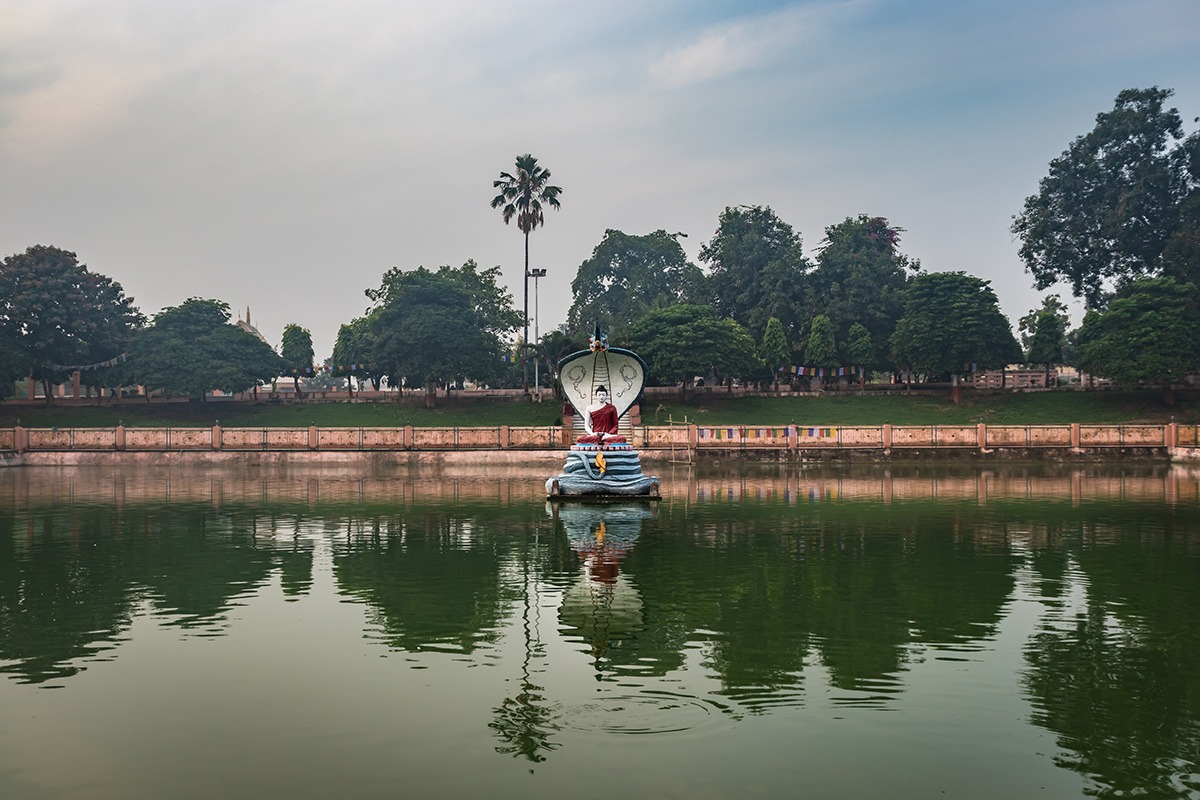
Muchalinda Lake
One often overlooked attraction inside the Mahabodhi Temple grounds is Muchalinda Lake. The lake is as much a part of Buddha’s history as the historic Bodhi tree. According to legend, after Buddha received enlightenment under the tree, he was meditating near Muchalinda Lake when a great storm rolled in. From the waters rose a fierce naga, or serpent, king named Muchalinda, who wrapped himself around Buddha to protect him from the storm. Visitors to the lake area will want to visit the multi-headed statue of Muchalinda sheltering Buddha from the storm. The lake’s lush surroundings and peaceful atmosphere also provides a perfect spot for meditation.
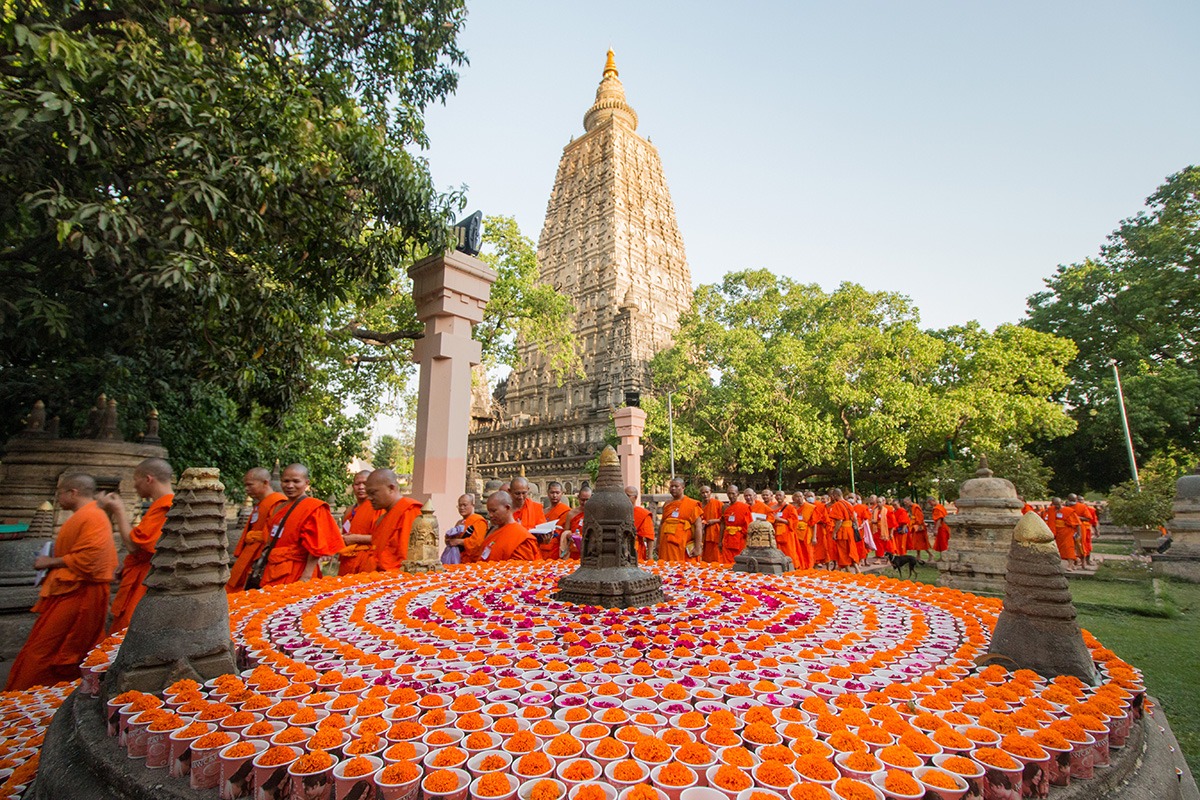
International Buddhist Destinations in Bodhgaya
The Indian state of Bihar is celebrated for its association with Buddha, but it also is one of India’s most popular international tourist destinations. The ancient architecture, scenic backdrops and unique culture attract tourists from around the world. Still, the region maintains its peaceful atmosphere and spiritual significance through preservation efforts and numerous meditation centers and monasteries. While not everyone who visits Bodhgaya practices Buddhism, everyone who visits will experience Buddhist culture. Tourists wishing to take in a diversified look at the inclusivity of Buddhism should add these sites to their list of things to do in Bodhgaya.
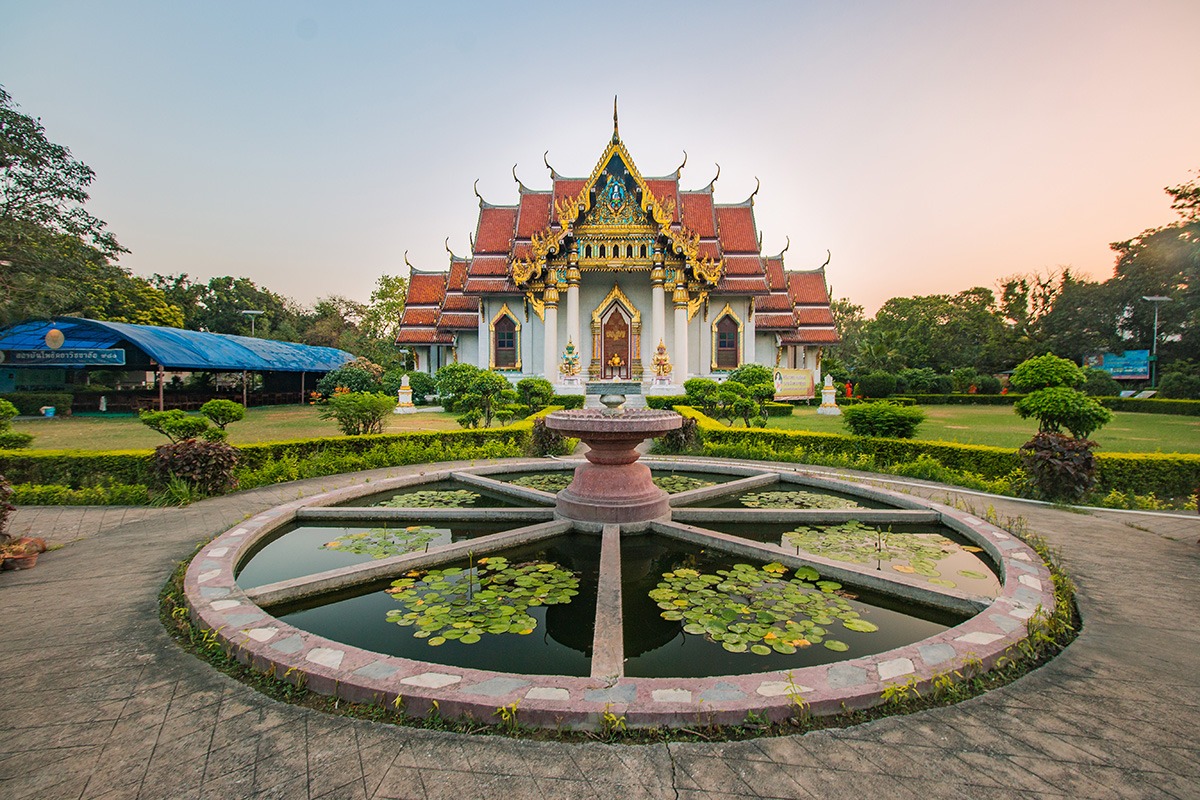
Thai Monastery
Also known as Wat Thai Bodh Gaya, the Thai Monastery was built in the 20th century as a symbol of strengthening cultural relations between India and Thailand. It offers Thai Buddhists a place to worship and meditate and is known for its stunning façade, which reflects traditional Thai architecture. The temple is dedicated to Buddha and serves as a center for devotion for locals, as well as for international visitors. One of the focal points inside the temple is a statue of Buddha, and the temple hosts various Thai festivals, religious retreats and mediation retreats year-round. Outside the temple, visitors are welcome to reflect while wandering through peaceful gardens and natural surroundings. Wat Thai Bodh Gaya is open from 6 a.m. to 7 p.m. daily and is open to all visitors, regardless of religious background or nationality.
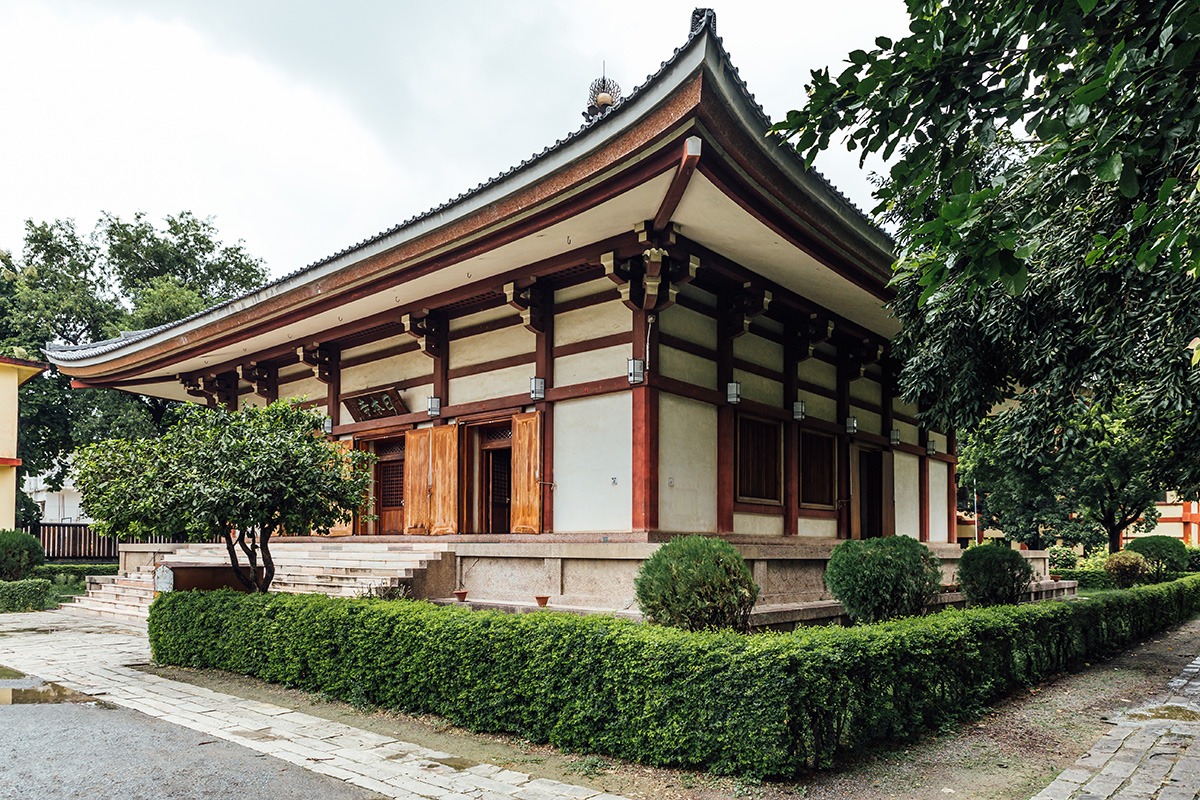
Indosan Nippon Japanese Temple
Mostly referred to as simply the Japanese Temple, this landmark structure is one of the holiest sites in Buddhism. It was built in the early 20th century by Nichidatsu Fujii, a Japanese Buddhist monk and founder of the Nipponzan-Myohoji Buddhist order and features striking Japanese architecture that reflect Japan’s heritage. The Peace Pagoda, or Shanti Stupa, sits inside the temple as a symbol of the order’s commitment to promoting world peace. Visitors can join prayer services offered by local monks or meditate individually in the serene gardens that surround the complex. Indosan Nippon Japanese Temple is open from 8 a.m. to 5:30 p.m. daily.

Royal Bhutan Monastery
Located near Mahabodhi Temple Complex, this prominent Buddhist monastery is renowned for its traditional Bhutanese architecture. The intricate color schemes, Bhutanese designs and unique carvings draw admirers from around the world. The main attraction inside the Royal Bhutan Monastery is a statue of Buddha in a meditation posture, the same pose he was said to be sitting in when he achieved enlightenment. In addition to welcoming worshipers from around the world, the monastery also hosts cultural events, art exhibitions and performances that showcase Bhutanese heritage. Visitors seeking spiritual guidance and reflection can join monks in daily rituals prayers and meditation. The Royal Bhutan Monastery is open from 7 a.m. to 6 p.m. daily, and entry is free for all visitors.
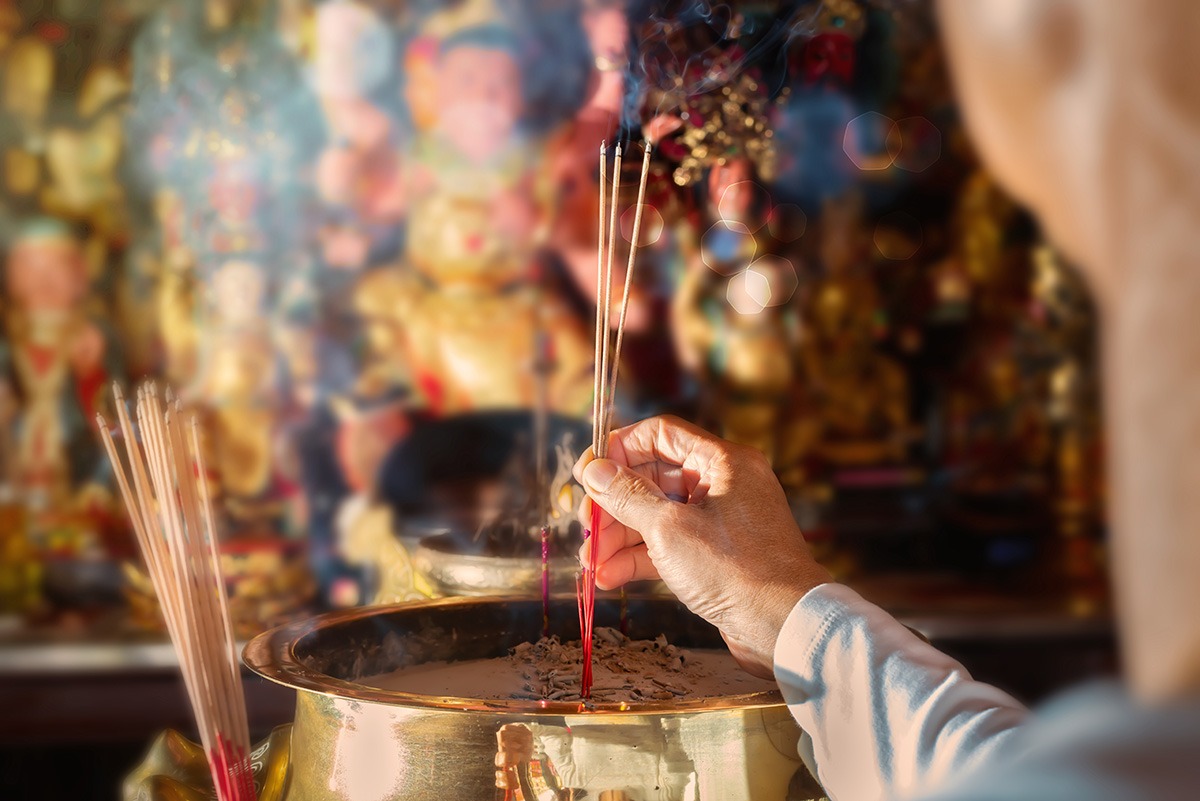
Chinese Temple Complex
The Chinese Buddhist Monastery, or the Chinese Temple Complex, symbolizes the strong religious and cultural ties between India and China. The architecture of the building reflects classic Chinese temples, with their distinct rooftops and ornate carvings. The main attraction of the temple is a statue of Buddha in a meditative pose. Resident monks and nuns welcome visitors to join in worship services, meditation rituals and spiritual ceremonies and facilitate learning opportunities for tourists to engage in Chinese Buddhism and culture. Visitors are invited to explore the garden areas or find a place to relax and connect with the spirituality that flows through the atmosphere. Tourists and those making pilgrimages will find a wealth of year-round activities, like cultural events and seminars. The Chinese Buddhist Monastery is located near the Mahabodhi Temple complex and is open to the public from 8 a.m. to 5 p.m. daily.
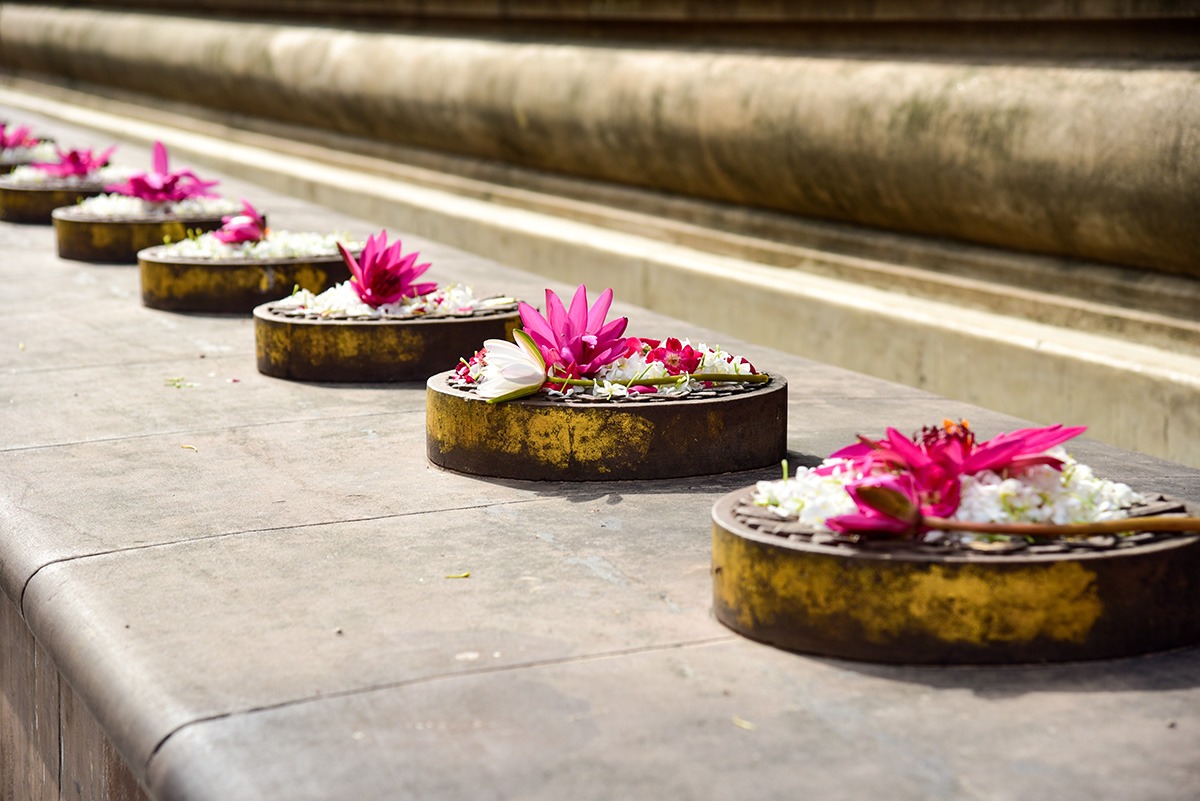
Vietnamese Temple
Vietnam Quoc Tu Pagoda is a revered Buddhist site both in Bodhgaya and around the globe. Serving as a reminder of peace, as well as the ties between India and Vietnam, the temple welcomes visitors from all nations. It is noted for its architecture, particularly its pagoda-style structure, motley colors and unique ornamentation. Visitors to the temple are invited to meditate around a central statue of Buddha sitting cross-legged in a meditative pose. The Buddhist monks and nuns who reside in and care for the temple grounds host events through the year, inviting visitors to join in Buddhist rituals and ceremonies, as well as cultural events and seminars, in the temple’s peaceful environment. Outside gardens offer tranquil meditation and are open to the public for relaxing. The temple is open 24 hours a day.
You may also like

Tigers, Whale Sharks & Jungle Giants: Discover Southeast Asia’s Wild Side
Southeast Asia might just be one of the world’s best-kept secrets for nature lovers. With elusive tigers roaming ancient rainforests and whale sharks gliding through coral-rich seas, this region is teeming with biodiversity, but it’s often overlooked as a wildlife destination. In this guide, we’ll highlight some of Southeast Asia’s most unforgettable wildlife encounters and how your trip can support the protection of the places, people, and species that make this region so unique.

Travel Advisories for Indian Travelers
Indian travelers are advised to check this website before traveling abroad: Ministry of External Affairs Travel Advisory Travel advisories are issued by …
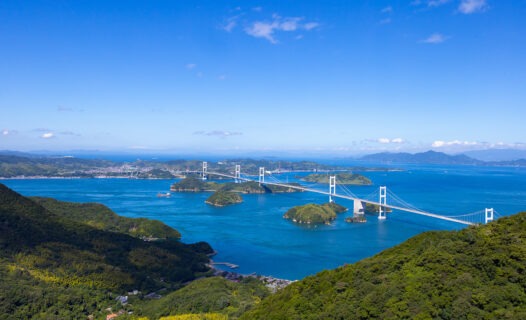
Feel Revived by Cultural Activities & Hot Springs on a Trip to Ehime
Ehime Prefecture offers an abundance of nature and culture. It is full of exciting sea and mountain activities, such as cycling the 70 km Shimanami Kaido route around the islands in the Seto Inland Sea, trekking the Shikoku Pilgrimage, and climbing Mt. Ishizuchi—the highest peak of western Japan. You can also relax at Dogo Onsen, one of Japan’s most famous hot spring areas, or explore Ehime’s historical spots, like Matsuyama Castle and the Edo Period towns. It takes around 30 minutes to travel from Matsuyama Airport to Matsuyama City by airport bus. And with trams that travel within Matsuyama City and to Dogo Onsen, accessing tourist attractions around the area couldn’t be easier!
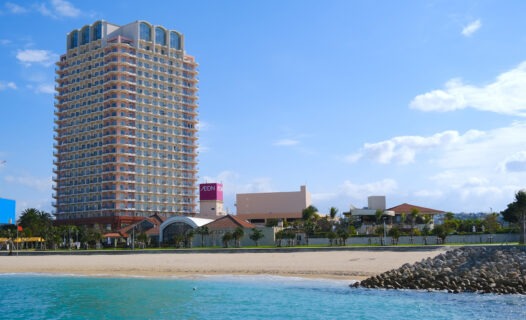
Your ultimate Okinawan getaway awaits! Discover, relax, and indulge at The Beach Tower Okinawa
This article is sponsored by “Kyoritsu Maintenance Co., Ltd.” Presented by Kyoritsu Maintenance Co., Ltd. / The Beach Tower Okinawa Chatan Town …
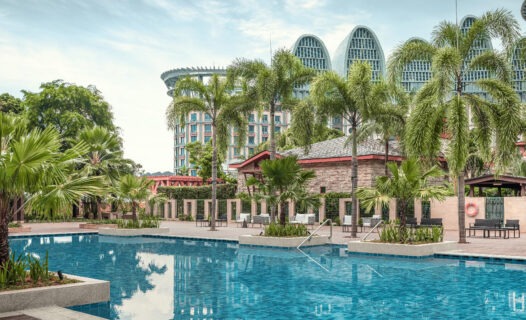
Best Hotels in Singapore: Top Stays for Luxury, Leisure, and Everything In Between
Where you stay in Singapore will play a big role in how you experience the city. Here is a look at some of the best hotels in Singapore highlighting standout stays across the city and Sentosa Island. From stylish urban retreats to family-friendly resorts, you’ll find top-notch options to match your itinerary, travel style, and budget.
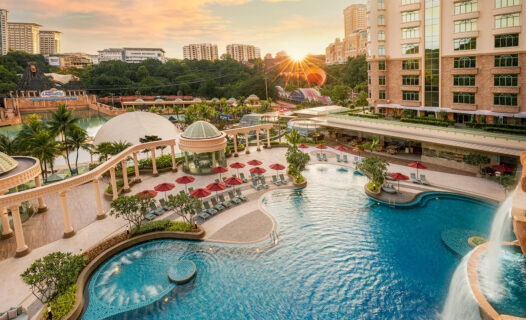
Best Hotels in Malaysia: Where to Stay Across the Country
From buzzing city centers to tropical coastlines, Malaysia is a country that caters to every kind of traveler with every kind of hotel. Here’s a roundup of some of the top hotels in Malaysia that combine excellent locations, great amenities, and real value, helping you narrow down where to stay in Malaysia no matter your travel style or budget.

Top Hotels in Hong Kong: Best Places to Stay Across the City
Whether you’re visiting Hong Kong for the vibrant food scene, high-rise shopping districts, or a peaceful escape in the outlying islands, choosing the right place to stay can elevate your entire experience. This roundup of the top hotels in Hong Kong brings together stylish urban retreats, conveniently located business hotels, and relaxing escapes, all with easy access to the city’s most iconic spots. If you’re wondering where to stay in Hong Kong, these top picks are a great place to start.

Best Hotels in Taiwan: Top Picks for Every Type of Traveler
Whether you’re drawn to Taiwan for its street food, hiking trails, or vibrant cultural history, finding the right place to stay can make your trip even more memorable. The best hotels in Taiwan offer more than just a place to sleep; they help complete the whole experience. Whether you’re staying for a weekend or a few weeks, these hotel recommendations will help you find the right fit for your travel style.
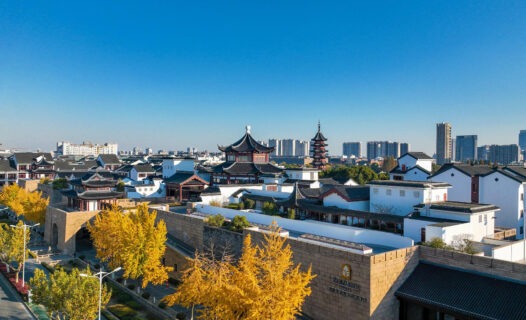
Best Hotels in China: Top Stays from Shenzhen to Suzhou
From tech-forward business hubs in Shenzhen to scenic water towns like Suzhou, this overview of the best hotels in China will help you figure out where to stay in China, no matter your travel style. With options ranging from sleek skyscraper suites to tranquil garden resorts, there’s truly something for everyone.

What to Buy in Seoul: Shop in Myeongdong, Namdaemun & More!
Indeed, the shopping scene is legendary in South Korea, and knowing what to buy in Seoul is key to planning a fantastic …
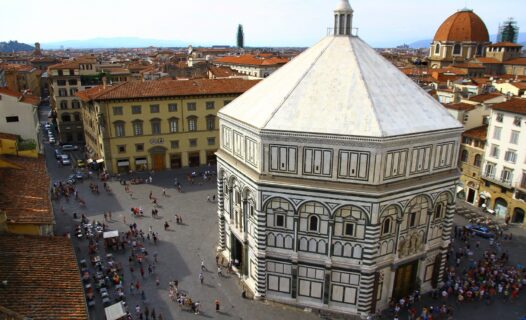
Discover 10 Fun Things to Do in Florence Beyond the Tourist Trail
Discover 10 unforgettable experiences in Florence beyond the tourist trail. Uncover hidden gems and local favorites—start your adventure today!
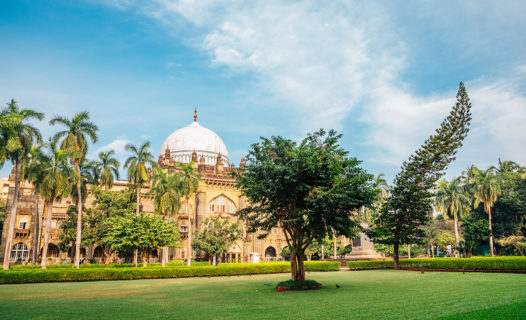
Discover 10 Fun Places to Visit in Mumbai with Friends
Discover the ultimate Mumbai adventure! Explore 10 fun-filled places to visit in Mumbai with friends and create unforgettable memories. Start your journey now!

Chill Out in Goa: Explore the Best Snow Park Experience
Discover the ultimate snow park experience in Goa! From thrilling rides to family fun, explore our guide and plan your perfect chill-out day.

Discover Where Sinulog Festival is Celebrated in Cebu!
Discover where the Sinulog Festival is celebrated in Cebu, Philippines! Join the vibrant festivities and immerse yourself in this unforgettable cultural experience.
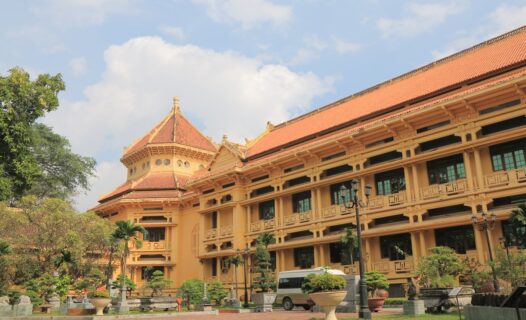
Discover Hanoi's Military History Museum: Fun & Adventure!
Discover the captivating tales at Hanoi's Military History Museum! Dive into a fun day of learning and adventure—plan your visit now!

Capture Lory Park Zoo Photos: Your Ultimate Johannesburg Guide
Capture unforgettable moments at Lory Park Zoo! Discover tips for stunning lory park zoo photos and make your Johannesburg adventure memorable. Click to learn more!

Discover Mumbai's Famous Places: Top 10 Epic Adventures
Discover Mumbai's famous places that promise an epic adventure! Explore our top 10 must-visit spots and start planning your unforgettable journey today!
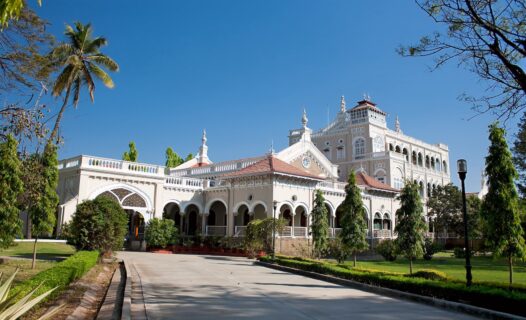
The Aryavart Escape: Snap Stunning Panshet Photos in Pune
Discover the Aryavart Escape and capture stunning Panshet photos on your Pune getaway! Dive into our guide for tips and breathtaking spots. Start your adventure now!

Explore Hanoi's Train Street: Coffee & Scenic Journeys
Discover the charm of Hanoi's Train Street! Join us for a day of thrilling train sightings and delightful coffee sips. Click to explore this unique experience!
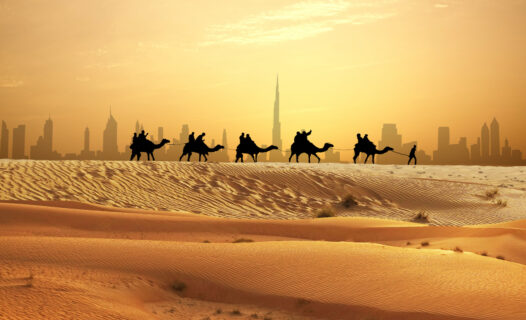
Swim with Sharks at Dubai Aquarium: An Unforgettable Adventure
Dive into adventure at the Dubai Aquarium! Discover the thrill of swimming with sharks and make unforgettable memories. Plan your visit today!
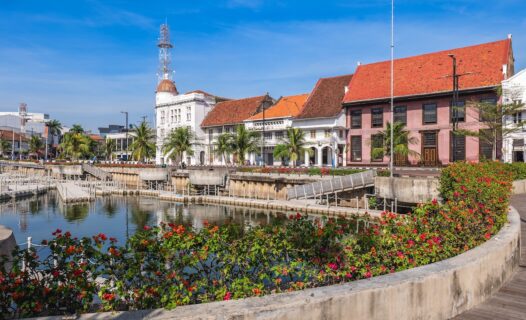
Central Jakarta: Discover Street Eats & Hidden Cafés
Discover Central Jakarta's vibrant food scene! Dive into street eats and hidden cafés that will tantalize your taste buds. Start your culinary adventure now!
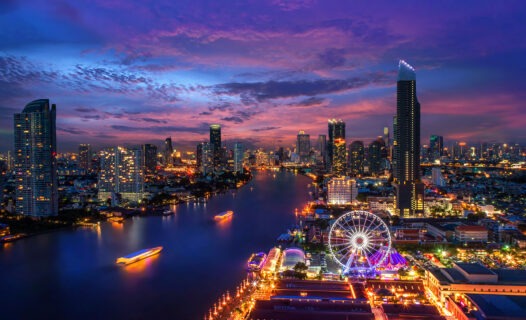
Discover 10 Quirky Bangkok Things to Do That Will Make You Smile
Discover Bangkok's quirky side with 10 unusual things to do that will make you smile. Dive into the fun—explore now for a unique adventure!

